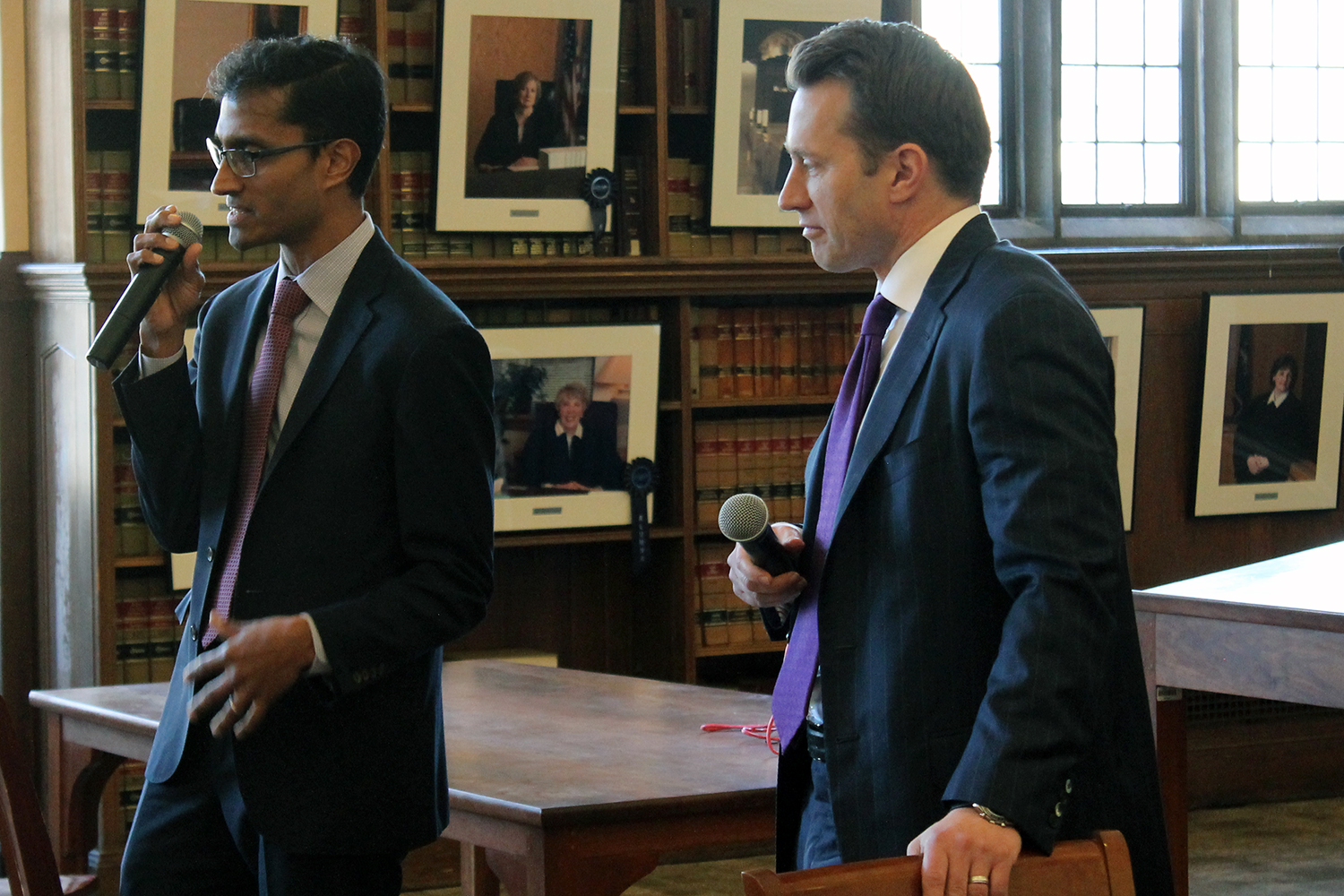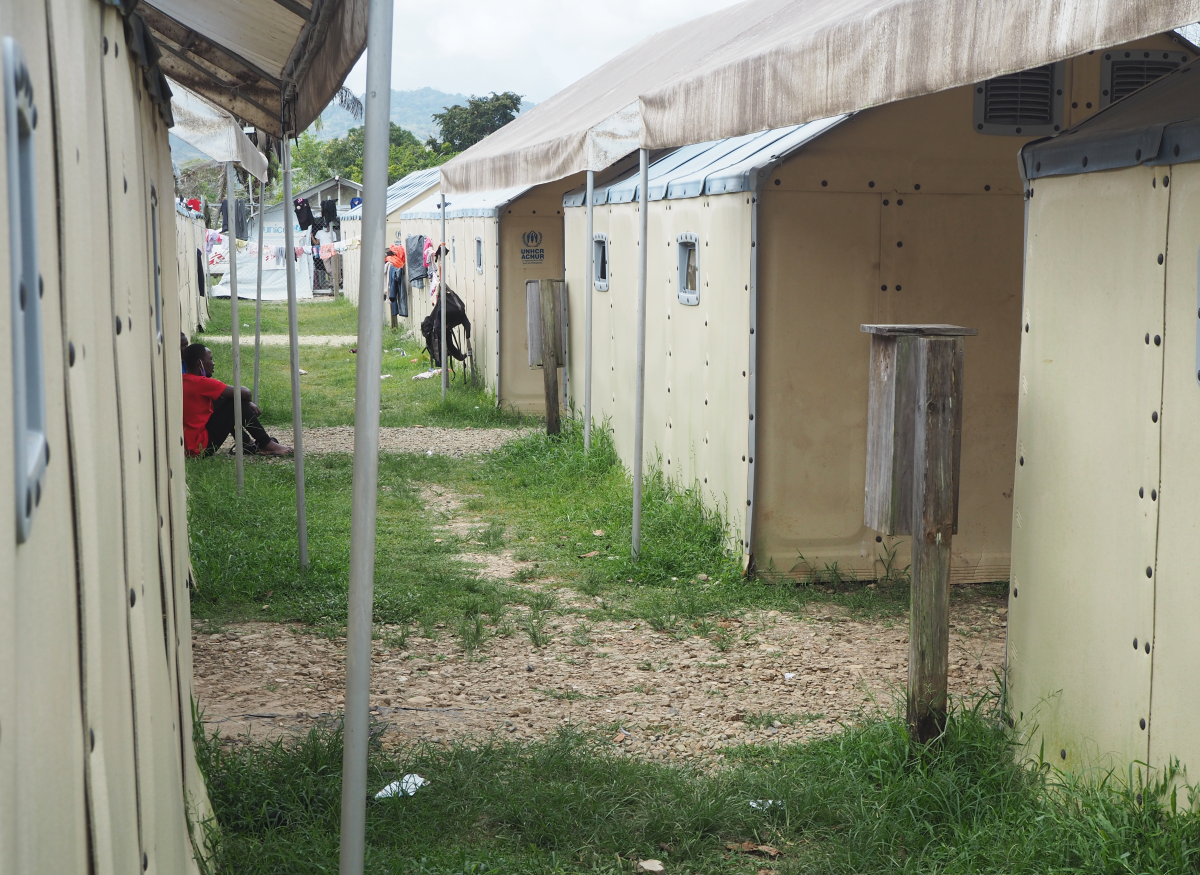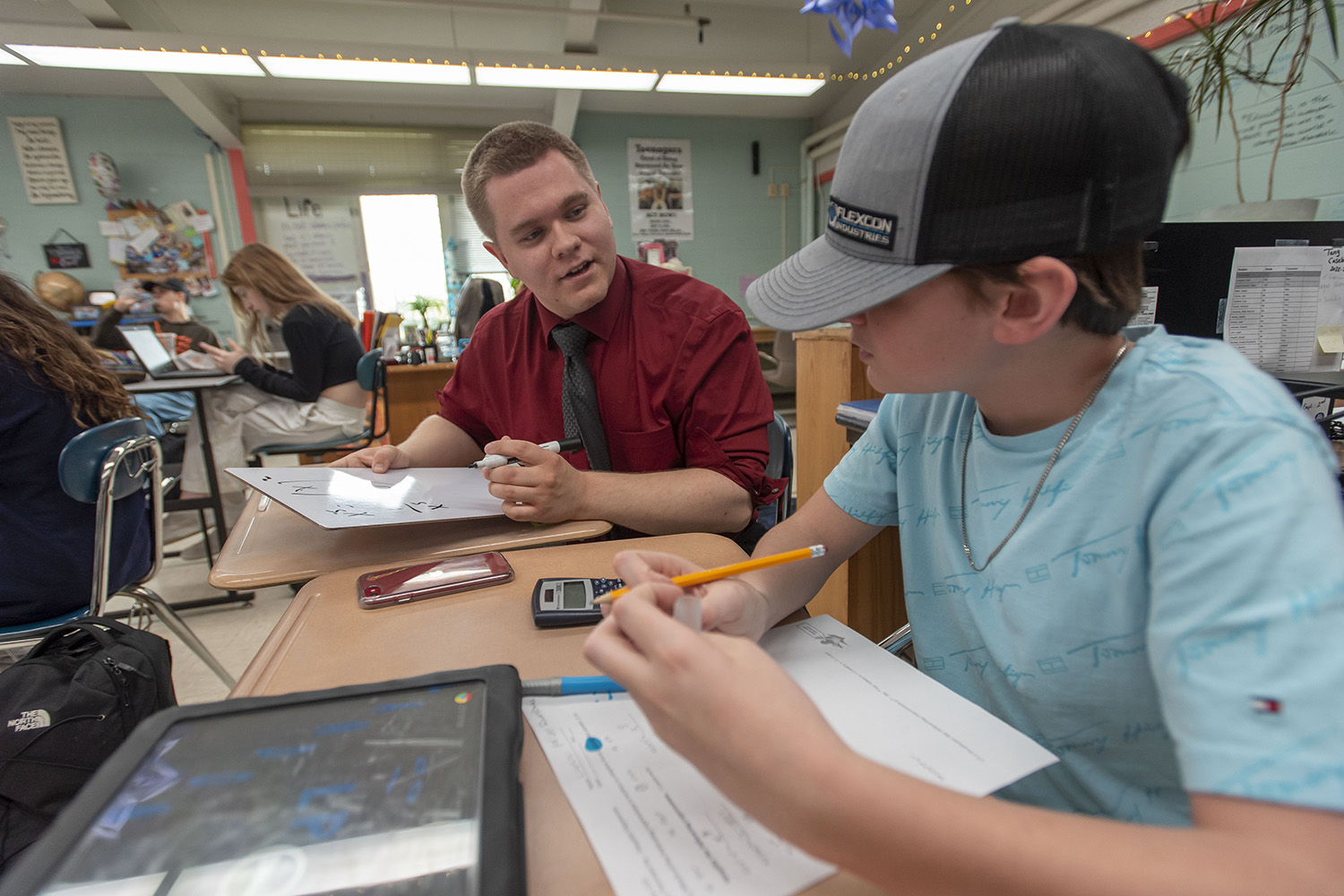The U.S. Appellate Court for the Second Circuit heard six cases at UConn School of Law on Feb. 4, 2019, delivering a close-up view of the federal courts to hundreds of law students and other spectators.
A three-judge panel consisted of UConn Law alumnus Christopher Droney ‘79 presiding, joined by former Yale Law School Dean Guido Calabresi, and Stefan Underhill, chief judge of the U.S. District Court for the District of Connecticut, sitting by designation.
More than 200 law students, faculty, staff and alumni packed the Reading Room in William F. Starr Hall to watch the proceedings. The cases, although complex, brought up fundamental issues that are taught from the first year of law school. Calabresi noted that one case, involving a failed merger, could be characterized as “Contracts I,” while another, involving a retracted news story, could be considered “Torts I.” The other cases involved an inaccurate criminal background check, the sentence in a terrorism case, the dismissal of a civil rights case, and the use of evidence related to an unconstitutional search.
“It really is an amazing experience to be able to see these high-powered lawyers and brilliant judges firsthand,” said Lindsey Viscomi ’20.
The audience observed strict courtroom decorum and the judges kept the questioning brisk, but there were light moments. Commenting on one case, Calabresi said he was reluctant to second-guess the District Court. “Perhaps it’s because I was never a District Court judge and I have more faith in them than they deserve,” he said, to laughter from the audience and the other two judges.
After the arguments were concluded and the judges left the Reading Room, students had an opportunity to question the lawyers in the final case, Rich v. Fox News Network. The Riches filed a claim of intentional infliction of distress against the news network after it broadcast reports, later retracted, that their son, Democratic National Committee staffer Seth Rich, had leaked DNC emails before he was murdered.
Asked which law school experiences best prepared them for appellate work, the lawyers agreed that moot court was particularly helpful. Arun Subramanian, representing the Riches, also recommended that students consider judicial internships and clerkships to learn more about how courts work. Joseph Terry, representing Fox News, described how his colleagues used a moot court process to help him prepare for arguments that day.
The Court of Appeals for the Second Circuit, one of 13 federal courts of appeal, is based in Manhattan. Its judges regularly “ride the circuit” throughout the court’s jurisdiction, which includes the states of New York, Connecticut and Vermont. The Second Circuit last visited UConn Law in 2014.



